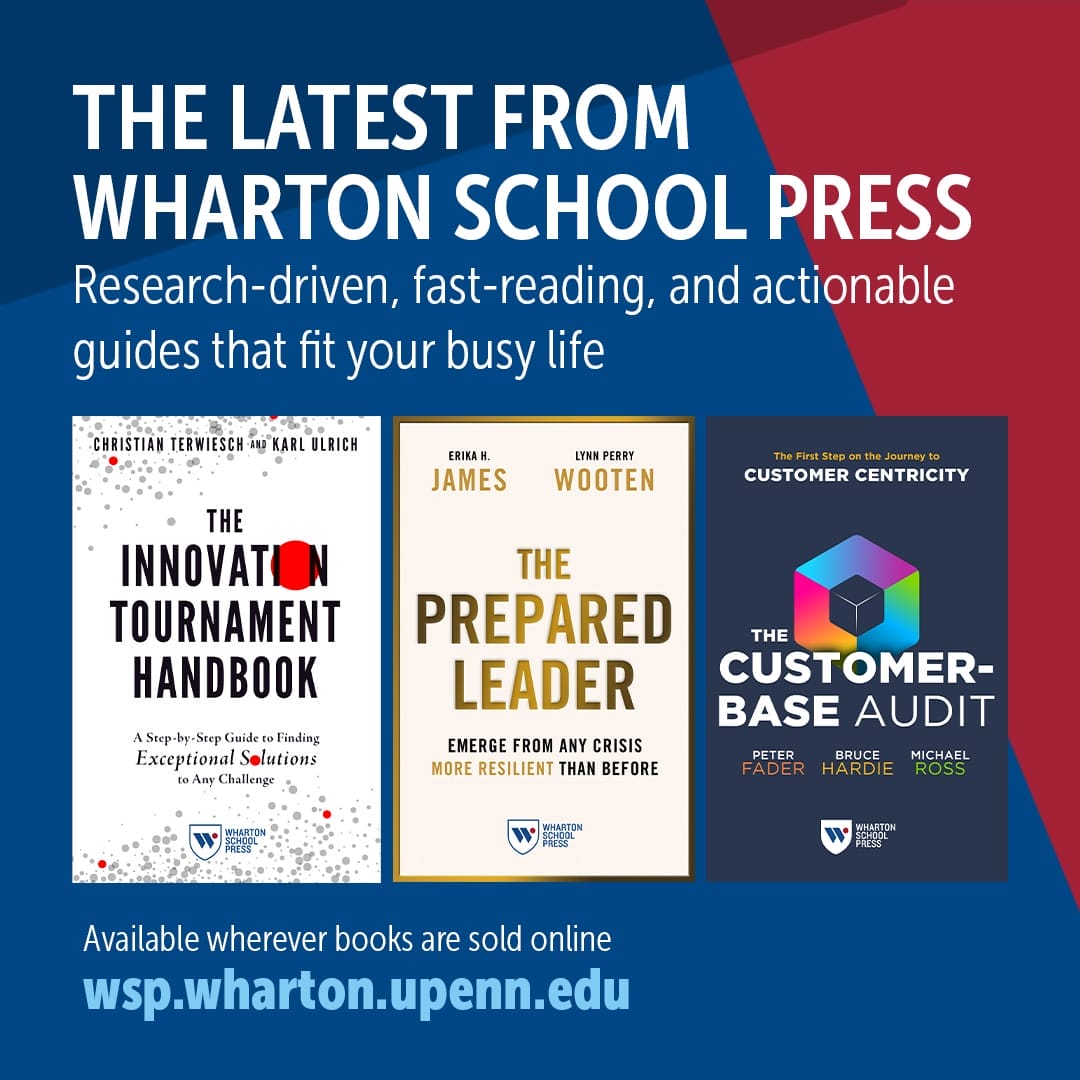Six months? More like six minutes. That’s how fast the past few months have gone by. Starting a new business is exciting work, and launching the search fund GreenStreet has been no exception. Since we started, I’ve been busy recruiting new interns, opening a new office and laying the foundation for our search to buy a business. The learning curve has been steep, and we’ve already gone through several highs and lows. Now that the search engine is moving, I can finally see what’s out there and truly get to understand how the search fund model works.
So how do you conduct a search for an exceptional business?
The first step is identifying key industries that have attractive fundamentals. This is where my Wharton skills get put to work analyzing and forecasting industry metrics such as growth, margins, barriers to entry and concentration. The biggest challenge here is in finding reliable resources and analyzing them to identify industries that have favorable long-run characteristics. As an economist, I always think of problems in supply and demand terms. In this case, I think of demand as industry growth and margins, while supply represents the barriers to entry and existing competition in an industry.
That’s the academic part; now here is the reality: there are dozens of other investors that are probably looking at the same reports and doing the same analysis. The key is to differentiate yourself from the herd by focusing on criteria that aren’t in industry reports. That means talking to people in the industry and developing a thesis that forms the basis of your analysis. One example would be taking Norm Brodsky’s approach and focusing on industries that meet three criteria: antiquated business practices, potential for a niche and an established 100-year-old track record.
The second step is to reach out to businesses in attractive industries. This is where the grind begins as I rely on my creativity and persistence to reach out to business owners. Analyzing opportunities and piecing together bits of information about potential businesses from different sources is extremely tough when you are looking at the lower middle market. Getting the owner’s attention is also no small feat as hand-written letters often get lost in the mail and emails sometimes fall into the junk folder. Beyond that, a lot of time is spent speaking with owners either in person or over the phone. That means traveling and spending countless hours building a relationship with an owner, which is a key part of the search. Often during this process I feel like a traveling salesman as I have had to spend weeks on the road building relationships with owners.
The next step involves submitting a letter of intent (LOI) to a business that shows exceptional promise. This decision shouldn’t be taken lightly as a lot of work goes into evaluating the business and sets the foundation for the final deal to take place. After six months of searching, I have yet to submit an LOI for a business that I thought was attractive enough to pursue. The main objective of the LOI is to set general price expectations for both sides, but once an LOI has been signed, buyers have a period of time to make a final offer and close the deal.
This is the final step, also known as the due diligence phase, which is probably going to be the longest 60 days of your life. At this point you would be spending day and night making sure that the business is robust while also continuing your search in case the deal falls apart. This final stage is the most intense and requires a lot of work as a searcher understands the business and puts a deal together. If everything goes smoothly, your search will come to a happy ending and you can transition from searching for a business to operating one, and that is when the real fun begins.
As I go through the early stages of my search process, I find myself at the crossroads of the academic world and the real one. Although I have a strong grasp of the search fund model, having studied it at Wharton, I still had a lot to learn once I got into the real world. Stepping away from the financial models, strategic analysis and academic theory gave me a much clearer understanding of what lies at the root of the model.
At its core, there are three key parts that make a successful search. The first is having the right jockey to conduct the search and run the business. That’s me. The second is finding an exceptional horse that can ride like the wind (the business). And finally, the third part is the price. All the financial models, strategic analysis and negotiations boil down to getting the right jockey on the right horse at the right price. Let’s be clear here. Despite the grind, preparation and hard work that go into the search, this is a serendipitous process that has an element of luck to it. The good news is that when all the stars align, the rewards far outweigh the effort as you start putting your operating skills to work growing the business.
In my first six months of searching, things have been going as well as can be expected. My path is going to be a long one so I’m trying not to gauge my success by counting the number of months that have passed by or the list of business owners that I’ve talked to. That can be difficult for a Wharton MBA graduate to do since we are obsessed with analyzing metrics to determine performance.
However, in the search fund world there is no gray zone. Success and failure are binary. Either you buy a business or you don’t, and all the hard work is for naught if you don’t end up finding the right one. So there’s no point worrying about the gray zone, just the finish line.


























